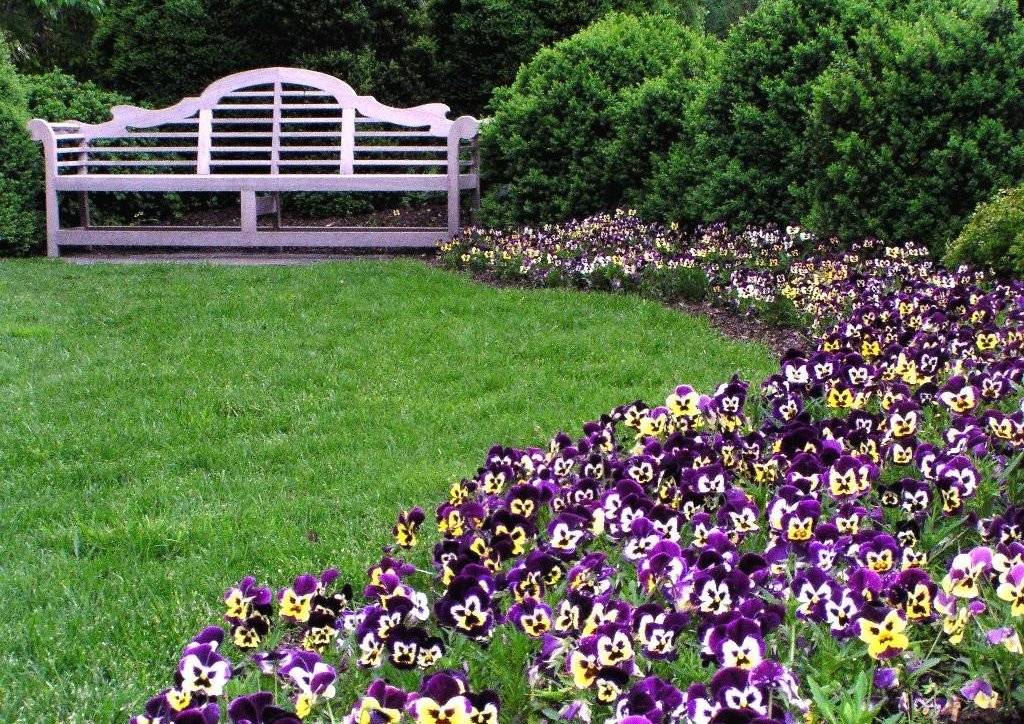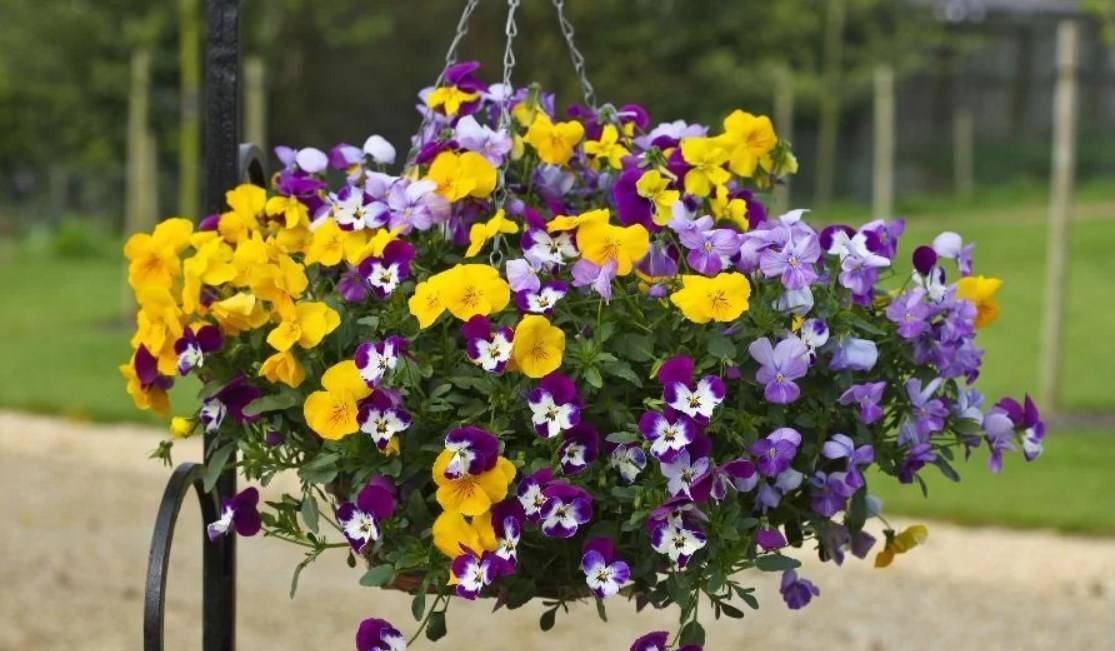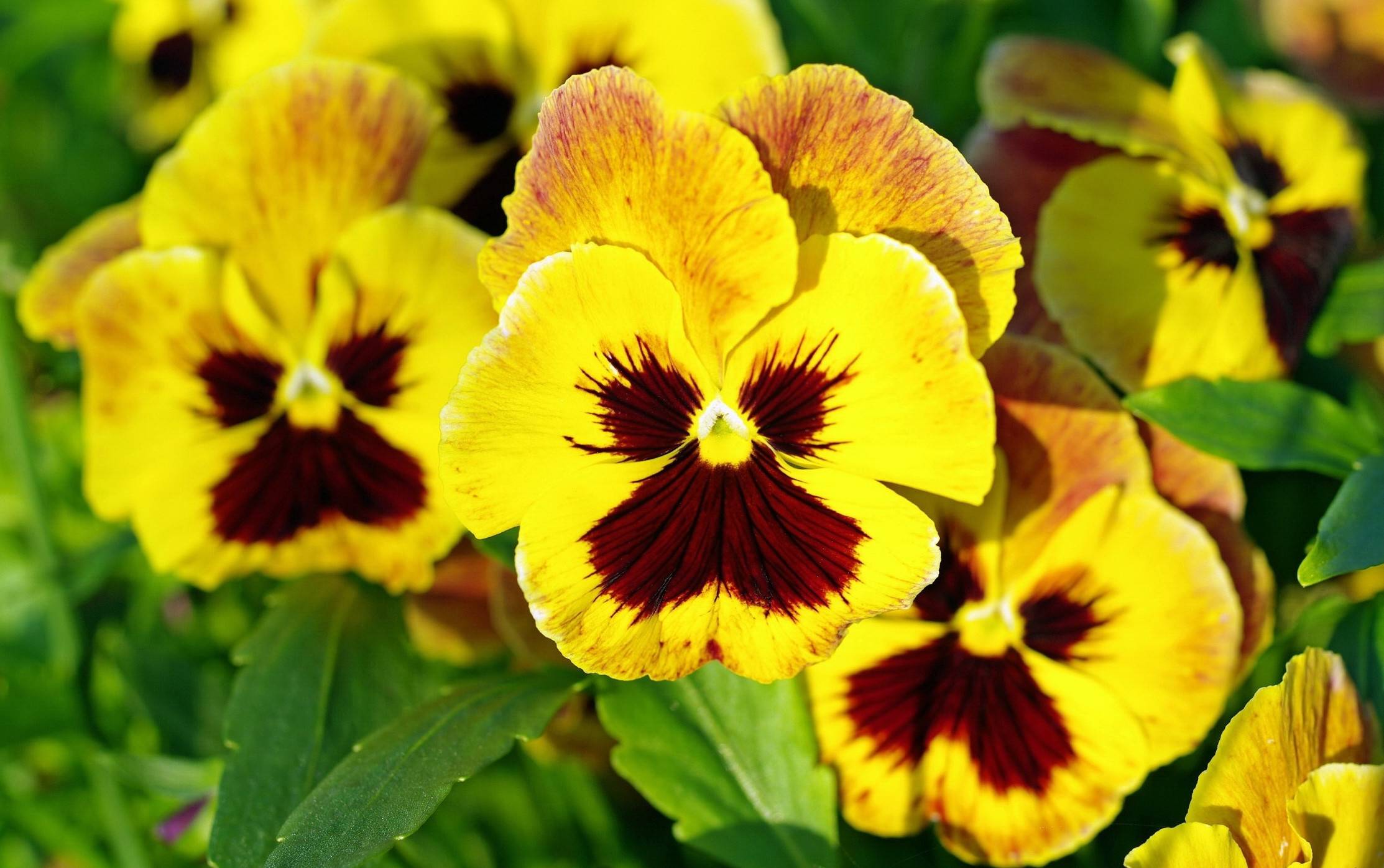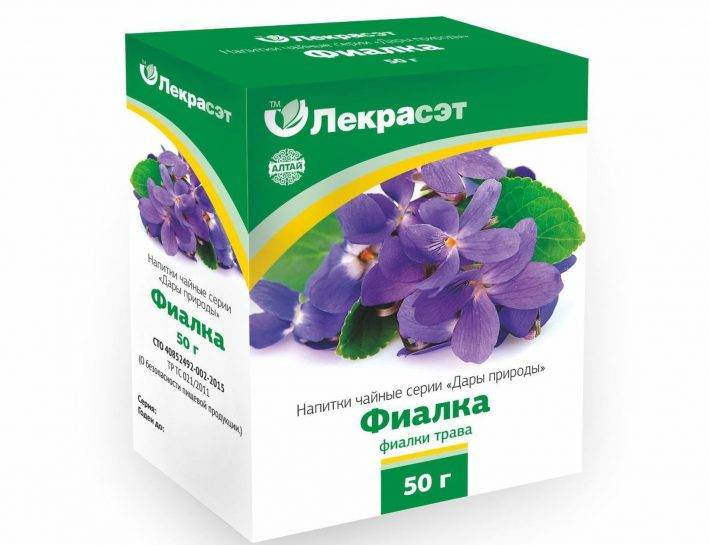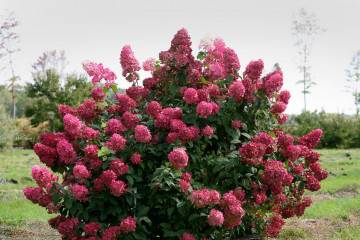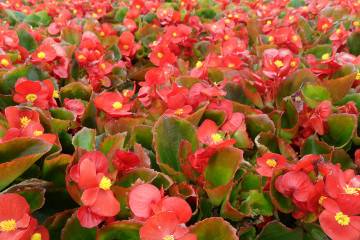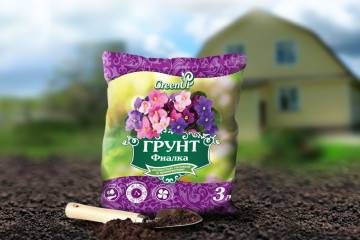Pansies - seed planting in open ground
Content:
Pansies are flowers that are difficult to take your eyes off. In common people they are also called viola. There are many legends about the origin of this ornamental plant, and they all evoke tender and romantic feelings in people. Due to its excellent decorative qualities and unpretentiousness in growing, viola has become very popular among flower growers.
Pansies: description and characteristics
Pansies have another, but already scientific name - violets. Plants are annual, biennial and perennial. This factor depends on the climatic and weather conditions in which the flower will grow.
All varieties of this plant have poor frost resistance, therefore, they are afraid of cold weather. Especially great damage can be done to the flower during winters with little snow and during the spring thaw, which alternates with frost. In cold seasons, pansies are carefully covered, otherwise the plant will not survive the winter.
The characteristic features of the plant are a thin stem, along which rounded leaves with single flowers grow. Flowers are formed from 5 petals, 2 of which are larger. The color of the petals can be different, for example, white and black, with different specks.
In addition to excellent decorative qualities, the culture also has a rich chemical composition, which is actively used for cosmetic and medical purposes. For this, the top of the plant is cut off during lush flowering, after which it is dried and transferred to a container, where it can be stored for up to several years.
The composition contains a high concentration of polysaccharides, essential oils, salicylic and ascorbic acid, insulin. Due to this, plant-based preparations are used in the treatment of skin diseases, bronchitis, colds, and the digestive system. In cosmetology, lotions and masks are made to combat rashes.
Despite the large number of useful properties, the plant is still poisonous. The inflorescences contain a dye (E1), which adversely affects the human body, causing the development of severe allergic reactions.
Popular types and varieties of pansies
There is a wide variety of viola varieties that differ in the shape, color and size of the petals. But in the gardens, only two varieties are propagated and looked after. It is worth familiarizing yourself with each plant in more detail.
Yellow pansies
Yellow violets look very delicate and attractive. The petals have a pronounced rich yellow color. In height, the culture can reach 15 cm, is considered a two-year-old plant, belongs to the class of Swiss giants. This flower culture is unpretentious, propagates in the wild and by seeds.
Blue pansies
Blue and blue viola have sky-blue petals. The formed inflorescences are characterized by small sizes, about 5 cm in diameter.
The culture belongs to perennial plants, seedlings are grown both in open soil and in pots.The culture is thermophilic, so the habitat should be warm and sunny, protected from gusts of wind and drafts.
The listed varieties of pansies are considered the most common. However, ampelous pink and white varieties are also often grown in Russian gardens. Field and wild violets, which are in demand in medicine and cosmetology, are in great demand.
Pansies: planting and care in the open field
The decorative qualities of a flowering plant directly depend on the place of planting. The culture is shade-tolerant, but in highly shaded places the violets degenerate. The result is that the stems not only stretch, but also fade, the flowers become smaller, the color loses its saturation. The duration and splendor of flowering is noticeably reduced.
Viola refuses to grow on sandy, rocky and dry soil. But it actively develops in fertile soils with a high concentration of nutrients in the composition.
For propagation by seed, the site is preliminarily loosened into the open ground, and the seed is embedded shallowly. Watering should be done carefully so as not to wash off the seeds, using a watering can with a fine sieve.
In order for flowering to be long, it is necessary to regularly and timely remove faded flowers. Pinching is even more important, which stimulates the formation of lateral shoots, and also increases the number and quality of flowers.
Home care
Growing a culture is pretty easy. The main thing is to follow the basic agrotechnical rules:
- regular and moderate watering;
- loosening of the periosteal circle;
- weed removal;
- application of organic and mineral fertilizers;
- prevention of the development of diseases.
Fertile soil plays an even greater role in growing healthy and abundantly flowering violets. To do this, it is recommended to first dig up the area with mineral fertilizers, for example, potassium, phosphorus and nitrogen, before planting.
The plant should be watered sparingly, because due to stagnant moisture at the root system, the plant begins to quickly become sick and rot. If you water the crop at intervals of a day, then the next day you should loosen the soil around it. But the lack of moisture negatively affects the appearance of the flower: they sink to the surface of the earth, trying to retain moisture with all their parts. The color of the petals becomes pale, the flowers are small.
Reproduction of violets
The culture is propagated in two ways: by cuttings and seeds.
The implementation of the second method takes more time and effort, but the plants grow stronger and healthier. The seed is sown into the ground at the end of February. After 2-3 weeks, the first shoots appear, which, if necessary, dive and transplant into open soil.
No less common is the vegetative method of propagation - cuttings. For implementation in the spring, green shoots with 2-3 nodes are cut from the bushes of violets and transplanted into open soil, watering and irrigating. As a rule, it takes 3-4 weeks to form the root system.
Disease Prevention and Pest Control
The plant is quite strong, but if the rules of agricultural technology are not followed, pansies can hurt and be attacked by pests. The most common diseases:
- The black leg is accompanied by the formation and spread of rot on the root collar and directly on the roots. It develops against the background of stagnant water, excessive irrigation and dense soil.For the prevention of development, it is recommended to use clean planting material, as well as draw up an irrigation schedule. Growing violets in waterlogged areas inevitably leads to their death.
- Spotting is characterized by premature dying off of green mass, flowering slows down. For treatment, a solution of copper oxychloride is used, which irrigates the plant up to 4 times a week.
- Gray rot is another common ailment, accompanied by decay of all parts of the plant. For therapy, a solution of copper oxychloride (0.5%) is used, with which I irrigate the culture at least four times a week.
- Powdery mildew affects all parts of the plant without exception. Flowers with affected petals gradually die off, new buds are not formed in their places. For treatment, it is effective to use a water-soap emulsion, which is evenly distributed over all parts of the plant.
The most dangerous and common pests of violets are spider mites and aphids. The crops affected by them begin to wither rapidly, suspend their flowering, if nothing is done, they will die. In the fight against insect pests, it is effective to use insecticidal preparations, which can be purchased in specialized stores. The assortment is great.
Pansies are an attractive and unpretentious plant that grows in almost every household plot and in pots at home, office, etc. In addition to decorative properties, it also has healing properties. In order for the culture to bloom magnificently, you need to follow the rules of care, as well as carefully approach the issue of acquiring planting material.

